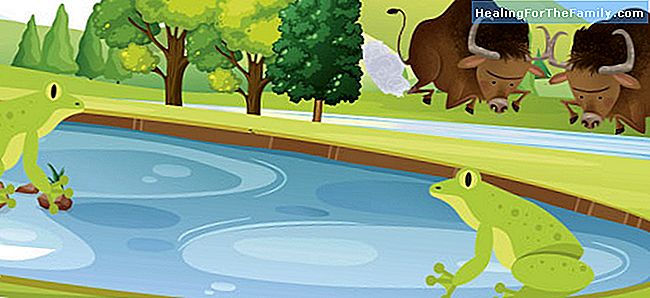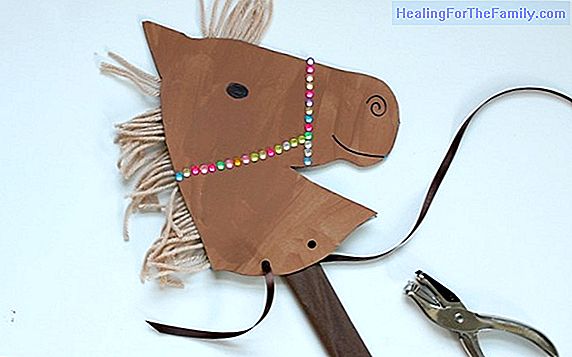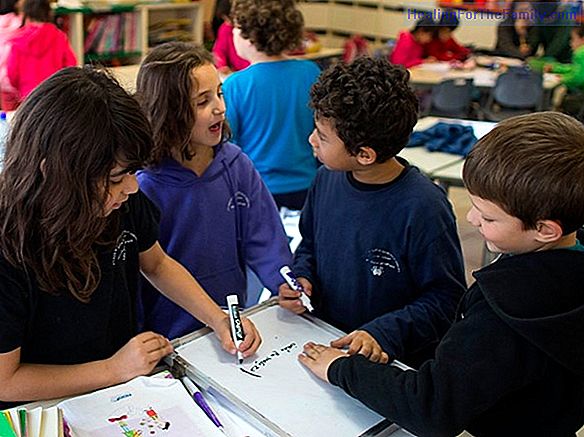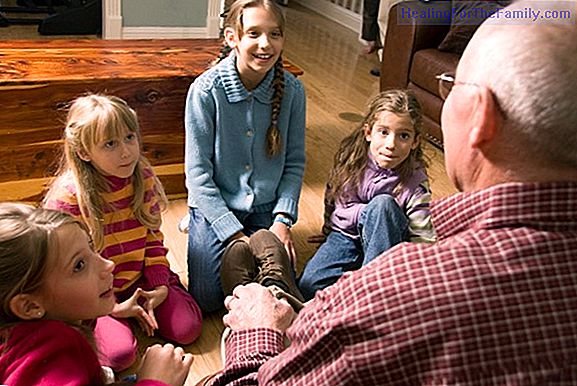Bulls and frogs. Traditional fable for children
Through fables we can transmit many important teachings to children. In traditional fables hide popular wisdom and moral values that we must inculcate children. Bulls and frogs is a classic fable written by Phaedrus in which it is intended to give an example of how the discussion of the most powe
Through fables we can transmit many important teachings to children. In traditional fables hide popular wisdom and moral values that we must inculcate children.
Bulls and frogs is a classic fable written by Phaedrus in which it is intended to give an example of how the discussion of the most powerful prejudices the weakest.
Bulls and frogs. Traditional fable of Phaedrus for children

One day there were two bulls fighting in a meadow.
A frog looked at them and sighed sadly.
When asked what else happened, the frog answered:
- One of them will lose and be banished. As he will be expelled from the meadow, he will come to the pond and will harm us all. You will see how this fight that is not ours, brings bad consequences. And so it was. The losing bull could no longer graze in the fields and had to go to the
pond . There, every day, he crushed a good number of frogs with his hooves.This is the case with the powerful:
their fights ultimately harm the weakest. Reading comprehension exercises
Traditional fables offer many valuable lessons to children about values. After this simple story deep reflections are hidden, but to understand it you need a good reading comprehension.
Find out if your child has correctly understood the
moraleja of this Phaedrus fable with these simple questions: - Why was the frog sad?
- What worried the frog?
- The frogs were involved in the discussion of the bulls?
- Then, why would they harm you?
- Did the frogs hurt the discussion of the bulls? why?












